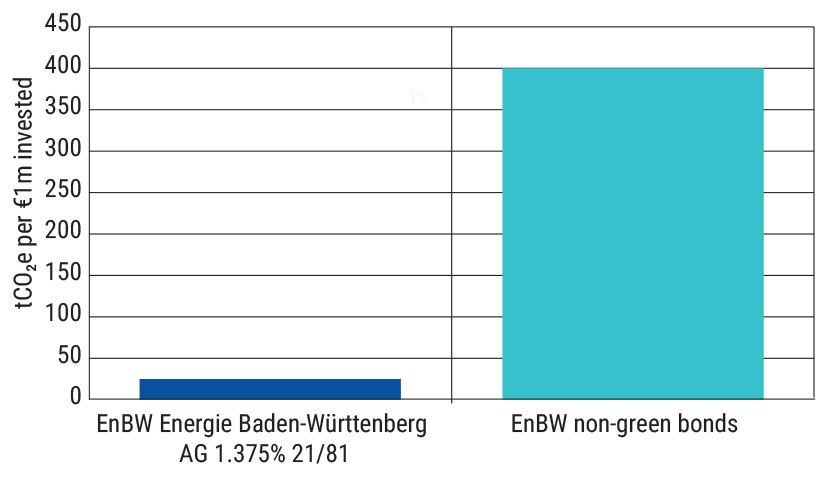As the climate clock ticks ever louder, green bonds — long considered the flagship instrument of sustainable finance — may be ready for their next evolution.
In 2025, the green, social and sustainability (GSS) bond market surpassed the remarkable milestone of $5.5trn in total issuance, with green bonds making up around 55% of the total.
The question now emerging across investor circles is — what’s next?
With more than $1trn in GSS bonds expected to be issued again this year, maintaining the market’s momentum will require more than just growth in volume — it demands innovation in quality and transparency. But how?
Carbon data may hold the key.
Disclosure: A story of progress
The trajectory of disclosure in green finance illustrates significant progress. From the first Climate Awareness Bond, issued by the European Investment Bank (EIB) in 2007, to today’s advanced frameworks, green bond disclosure has come a long way.
The International Capital Market Association’s (ICMA) Green Bond Principles (GBP) and its evolving impact reporting guidance — most recently updated in 2024 — have been instrumental in building transparency and trust.
The EU Green Bond Standard (EUGBS), effective since December 2024, is also gaining traction, with five issuers adopting its label in 2025, aligning at least 85% of proceeds with the EU Taxonomy.
Investors turn their gaze to carbon footprint
As the climate crisis accelerates, so do investor expectations and focus is now shifting from counting outputs to measuring outcomes.
Historically, green bond reporting relied on metrics such as megawatts of renewable energy generated or cubic meters of water saved. These indicators showcase the positive results of a project but lack comparability across issuers or sectors.
Carbon footprinting offers a more precise metric byquantifying CO₂ reduction per euro invested. This metric introduces a new standard of accountability, enabling investors to make like-for-like comparisons across bonds, sectors and even geographies. It marks a significant move from mere descriptive reporting to actual data that is directly useful in measuring climate-aligned investment decisions.
CO2 avoided vs carbon footprint: A shift in measurement philosophy
Understanding the distinction between impact and carbon efficiency is critical:
- Impact reporting captures the absolute benefit of a project. For example, a wind farm in Germany might report avoiding 100,000 tonnes of CO₂ annually by replacing fossil-based power generation.
- Carbon footprinting, in contrast, measures climate efficiency. It allows investors to determine which bond delivers the highest CO₂ reduction per €1m invested, or which project offers the most favourable environmental return on capital. This emphasises climate efficiency as a central factor in investment choices.
Real-world example: ENBW’s carbon profile
Take German utility provider ENBW. The company has committed substantial capital to decarbonise its business, largely through green bond financing. The bond shown in the graph below, for example, solely finances wind farming, which naturally has a low carbon footprint profile. When assessed on a tCO₂e per €1m invested basis, this green bond demonstrates a significantly different profile compared to ENBW’s vanilla bonds.
The exercise reveals how carbon metrics can help investors pinpoint not only what is green — but how green, and how efficiently capital is being deployed.

The path ahead: Standardising carbon metrics
To fully integrate carbon footprinting into green bond analysis, standardised methodologies are essential. ICMA and other global bodies are already working on harmonising approaches to avoided emissions and lifecycle calculations.
The objective is to enable investors to assess the carbon efficiency of their capital by moving beyond qualitative narratives to quantitative, decision-useful data that supports portfolio alignment with net-zero goals.
Carbon footprinting offers a path to deeper accountability and comparability, helping the market deliver not only transparency but also measurable progress in the fight against climate change.
Widespread availability of use of proceeds CO2 emissions may allow investors not only to compare green bonds with conventional bonds, but to also systematically evaluate green bonds against each other to identify those offering the best environmental value.
Green bonds helped raise the curtain on climate finance. Carbon data now has the potential to become a primary driver of its further development.








